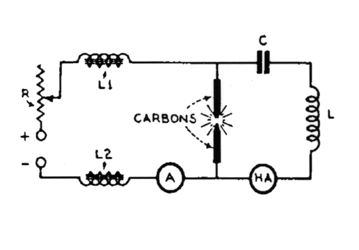reversed diode
Lamare,
Doing it this way:

is the only way to get the capacitor to discharge at a much faster rate. If you can get the capacitor to discharge like that with the diode in the conventional direction, I'd like to see it but all my experiments show me otherwise.
Doing it the direction Bedini shows in his diagram - the capacitor discharge is accelerated as if it is actively pulled out of the capacitor and the resistance is gone that normally controls the discharge speed. (negative resistance)
Lamare,
Doing it this way:

is the only way to get the capacitor to discharge at a much faster rate. If you can get the capacitor to discharge like that with the diode in the conventional direction, I'd like to see it but all my experiments show me otherwise.
Doing it the direction Bedini shows in his diagram - the capacitor discharge is accelerated as if it is actively pulled out of the capacitor and the resistance is gone that normally controls the discharge speed. (negative resistance)







Comment